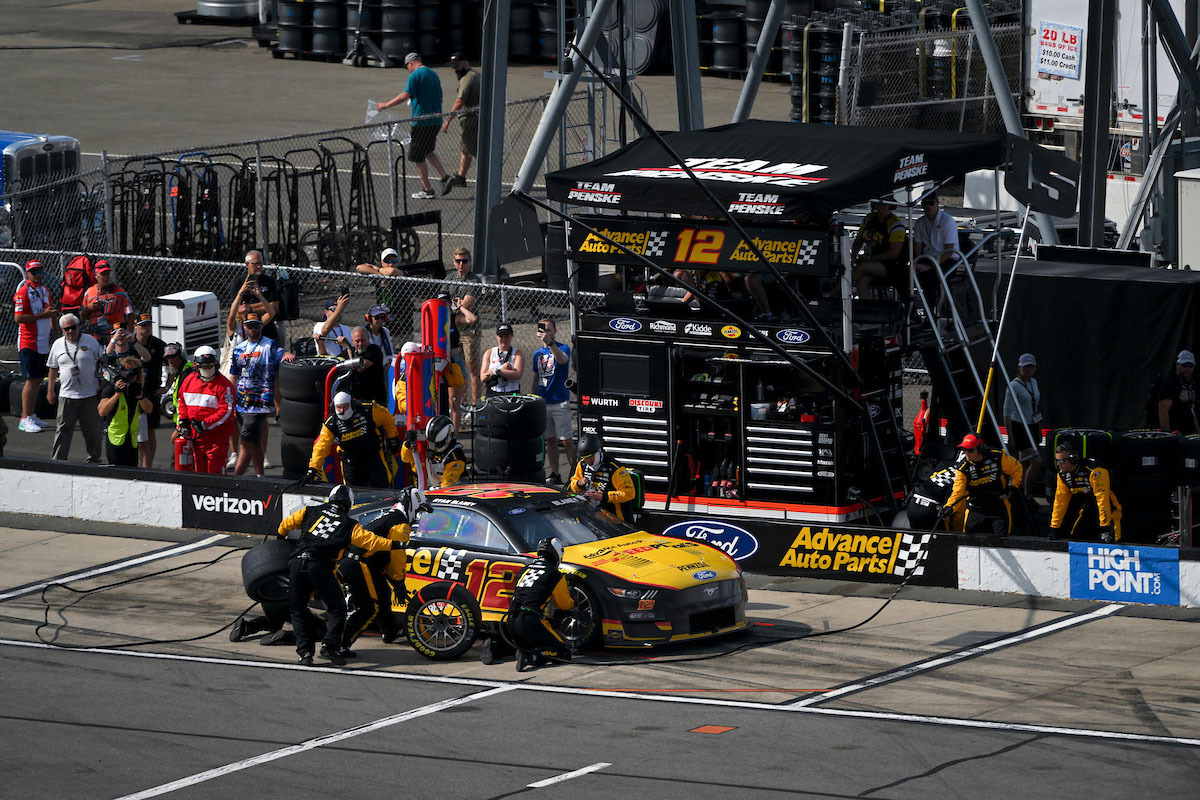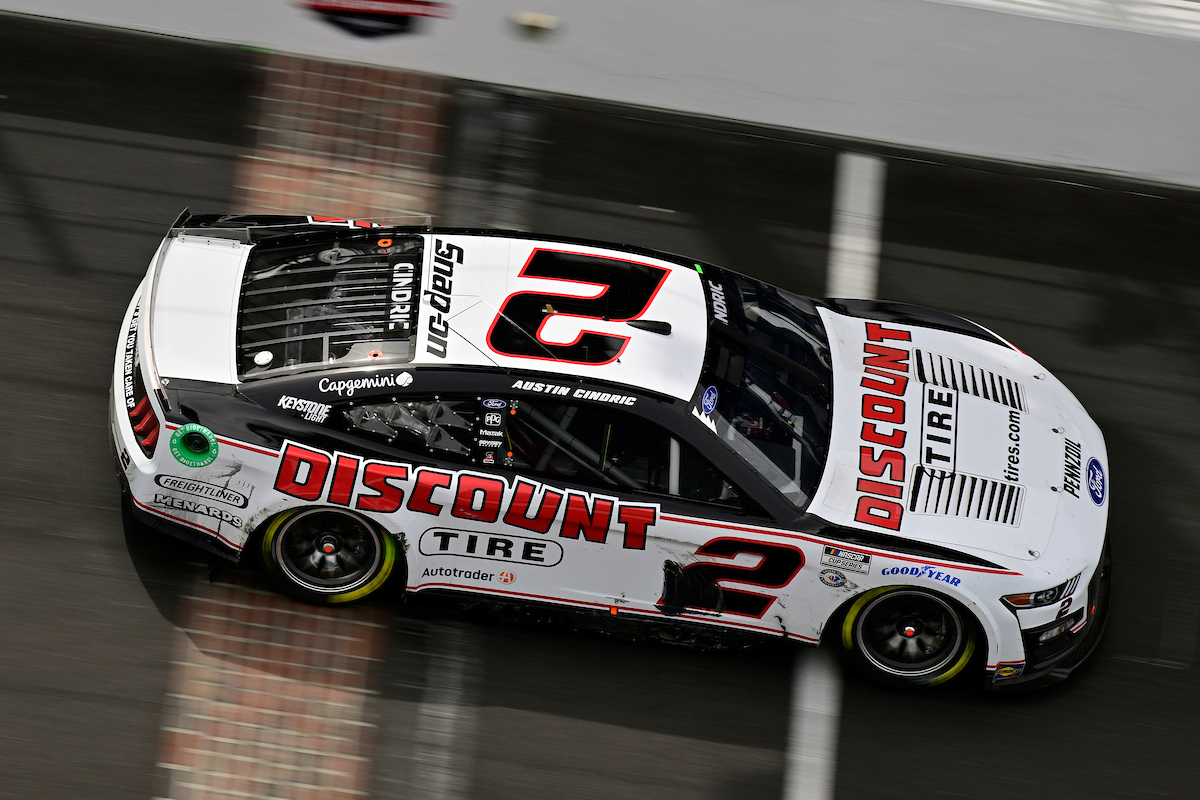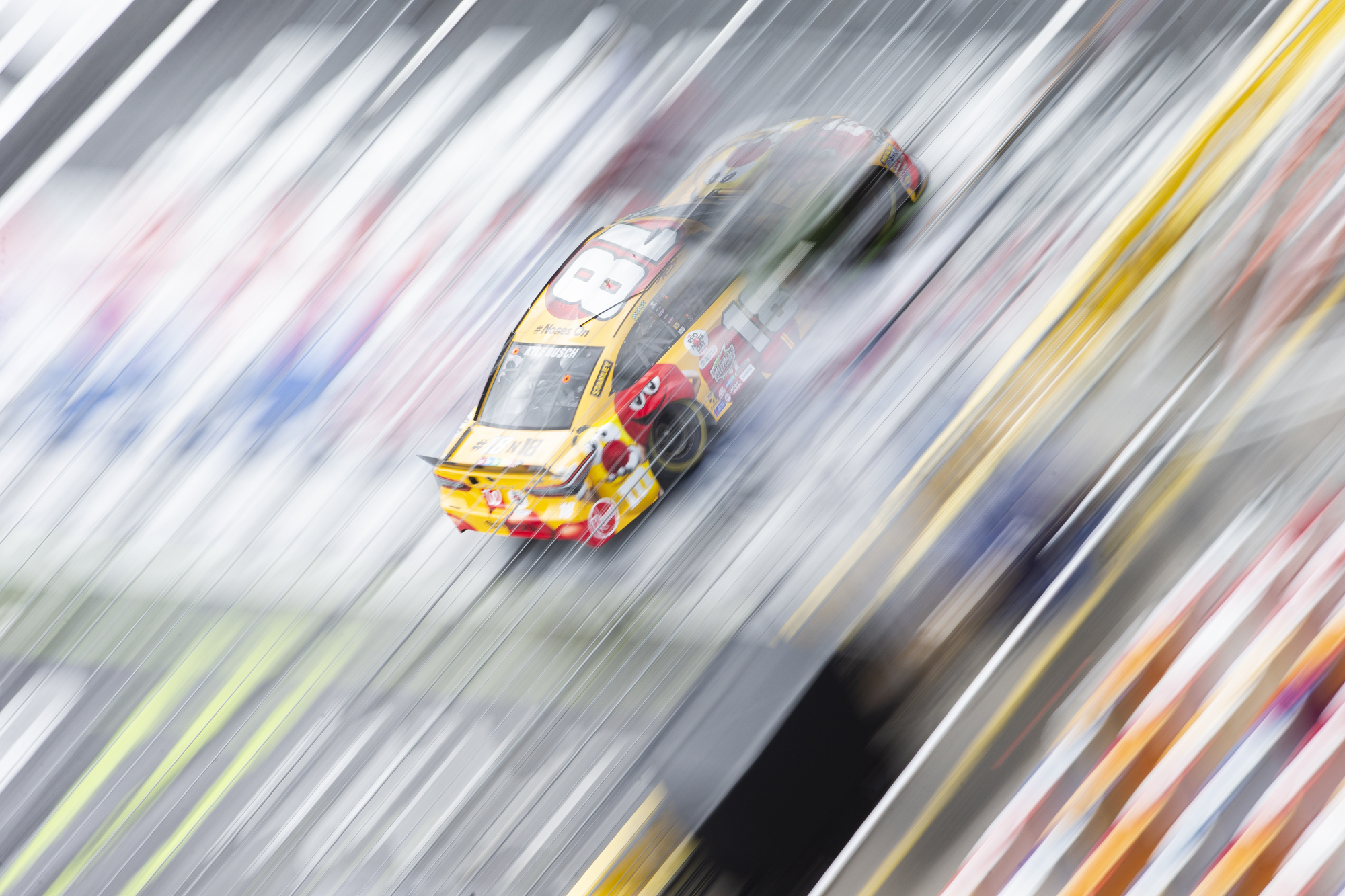What Is The Engine Limit In NASCAR? Understanding Regulations and Limits
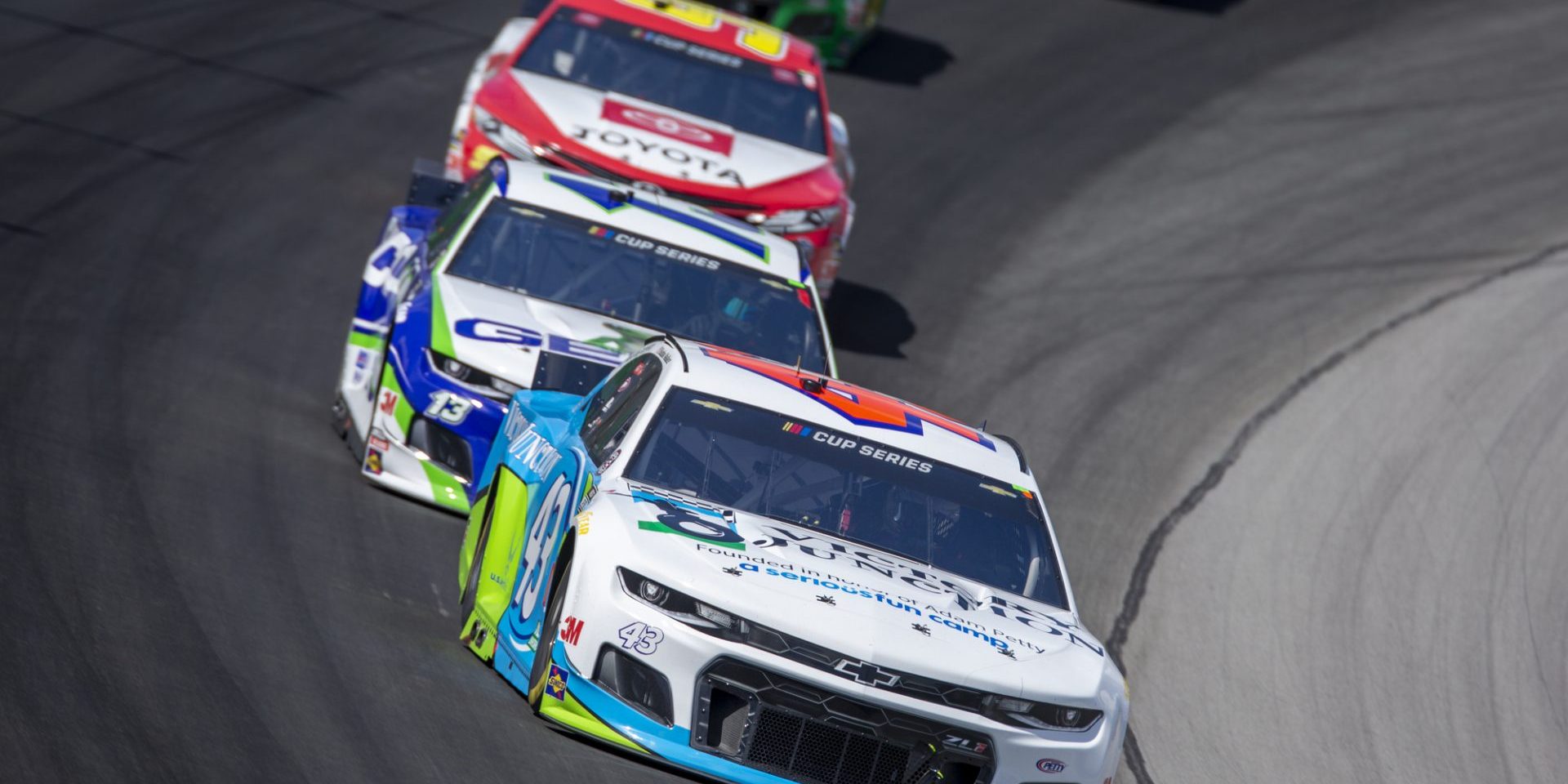
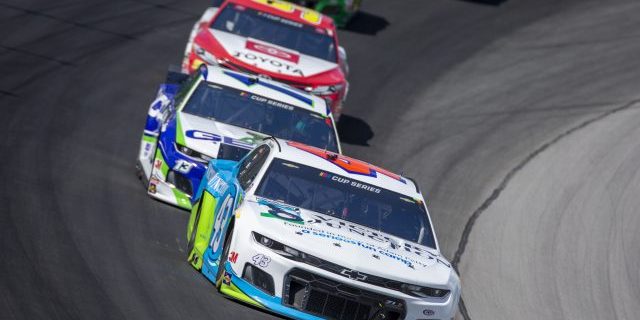
In NASCAR, engines are a central aspect of competition, influenced heavily by regulations that aim to level the playing field and ensure safety. The specifications and limitations of these engines are dictated by a set of rules which are subject to change to adapt to evolving technology and racing conditions. Historically, these rules have addressed factors such as horsepower, engine displacement, and the use of restrictor plates to manage speeds, especially at high-speed tracks where excessive speed could compromise driver safety.
During the 2022 NASCAR Cup Series season, organizers introduced regulations that capped the engines in most of the series’ cars to 670 horsepower, except for a few tracks where the limit was set to 510 horsepower. This marked a notable adjustment from the previous 750 and 550 horsepower restrictions for certain track types. Aerodynamic rules, such as the implementation of a 4-inch rear spoiler for downforce, also accompanied these engine restrictions, further influencing the performance capabilities of the cars. These regulations aim to provide a competitive balance among teams while enhancing the overall safety of the sport.
Table of Contents
History of NASCAR Engine Regulations
NASCAR’s approach to engine regulation has been methodical, aimed at balancing competitiveness with safety and cost. The original NASCAR engines in the 1940s were strictly stock, meaning they came directly from the factory. However, as technology and performance demands evolved, so did the rules.
Engine specifications have been carefully controlled by NASCAR to ensure parity among manufacturers such as Ford, Chevrolet, and Toyota. For instance, engines must be configured as a V-8 and are typically limited in displacement and horsepower to maintain competitive racing. Specific rules around engine components ensure that teams use parts from approved manufacturers.
Over the decades, NASCAR has adapted its regulations to reflect changes in automotive technology and racing conditions. The 1980s saw the introduction of restrictor plates, which were mandated to limit engine power and control speeds for safety purposes. These plates were placed at the intake of engines to reduce airflow, thereby decreasing horsepower.
In the 21st century, further adjustments were made. To maintain fairness, NASCAR standardized certain engine parts and implemented a system where engines are randomly checked for compliance with strict tolerances.
Key Historical Points:
- Stock Origins: Originally used factory-standard engines.
- V-8 Configuration: Mandated V-8 with regulated horsepower.
- Manufacturer Participation: Ford, Chevrolet, and Toyota among key manufacturers.
- Safety Measures: Introduction of restrictor plates to limit speed.
- 21st Century Tech: Standardization of engine components for fairness.
As NASCAR progresses, engine rules remain critical for competition, safety, and technological progression within the sport. Each alteration in the rule book reflects the governing body’s commitment to providing an equal playing field for all teams while responding to advancements in automotive engineering.
Current Engine Specifications
In NASCAR, engine configurations are highly regulated to ensure competition uniformity and performance standards. Here are the specifics for engine displacement and configuration, alongside their fuel and induction systems.
Displacement and Configuration
NASCAR engines are limited to 358 cubic inches (5.86 liters) of displacement. These power units maintain a traditional V8 configuration with an iron block, emphasizing durability and power. The engines produce a target horsepower (HP) of up to 670 HP. Teams must adhere to these specifications, ensuring that the V8 engines maintain a balance between power output and reliability, with no team allowed to exceed these limits to maintain a level playing field.
Fuel and Induction Systems
The induction system for NASCAR engines is strictly regulated. While carburetors were once the standard, modern NASCAR engines use electronic fuel injection systems. This transition from carburetors to fuel injection has allowed for better fuel economy and more precise control of the air-fuel mixture entering the engine. The compression ratio is another vital aspect of NASCAR engines, though exact figures can vary, the goal is to optimize performance while keeping the engines within the constraints of the regulations.
Next Gen Car Impact
The Next Gen car represents a significant shift in NASCAR’s approach to race car design, with specific focus on technology and manufacturer representation.
Technological Innovations
The advent of the Next Gen car in NASCAR has introduced substantial technological shifts. Most notably, the engine limit is now defined by a 670 horsepower target with a rev limit set at 8500 RPM. This calibration represents a balance between performance and safety considerations. NASCAR has mandated a 4-inch rear spoiler for improved downforce across most tracks. These advancements provide a balanced field of competition while still leaving room for driver skill to influence race outcomes.
Manufacturer Designs
Manufacturers Ford, Chevrolet, and Toyota have optimized their new car bodies to fit the Next Gen profiles, prioritizing aerodynamics and brand identity. Each manufacturer has designed unique body shapes that enhance downforce and stability on the track, yet still align within NASCAR’s stringent regulations. The redefined shapes are aimed at not only improving performance but also at increasing relevance to their commercially available counterparts, thereby strengthening the connection between motorsport innovation and consumer vehicles.
Regulations and Limitations
NASCAR enforces specific engine rules to maintain a level playing field and ensure safety across all races. The restrictions impact engine performance and are crucial during practice, qualifying, and race events.
Restrictor Plates and Tapers
In the Cup Series, NASCAR has historically employed restrictor plates to limit engine power for safety reasons. These plates restrict airflow to the engine, cutting its power and, consequently, reducing the speed of the cars on the racetrack. More recently, NASCAR introduced a system involving tapered spacers, which serve a similar purpose to restrictor plates but allow for more precise control over the engine’s horsepower and torque.
Engine Durability and Testing
NASCAR mandates the use of engines that adhere to a specific displacement limit of 358 cubic inches. This standardization ensures durability and fairness in engine performance. Officials monitor compliance through testing sessions, both during and outside of race events. Teams must also follow stringent rules during practice and qualifying sessions to ensure they meet the established standards set forth by NASCAR.
Performance and Strategy
In NASCAR, engine performance is a delicate balance of power and control, defined by strict regulations that mandate engine output and component use. The rules specify a 670 horsepower limit for engines to ensure competitive equity and safety. This power level requires teams to carefully optimize torque—the force that causes the wheels to turn—and handling, which involves maintaining control of the car at high speeds.
Strategy in NASCAR is not just about engine performance but also involves aerodynamics, vital for maintaining speed and stability. For example, NASCAR’s decision to implement a 4-inch rear spoiler is designed to increase downforce, critical for improved handling and stability at the car’s rear. This requirement underscores the interplay between physical car design and strategic choices, which are often made weeks in advance but can adapt during the race based on real-time conditions.
Teams invest heavily in finding the ideal balance in car setup—analyzing track characteristics, weather conditions, and tire wear patterns to make informed decisions on pit stops, drafting techniques, and passing maneuvers. These strategic layers add complexity to the sport, demanding both foresight and adaptability from teams and drivers alike.
The performance ceiling set by NASCAR’s rules means that races are won on the strategic exploitation of these limits—not purely on who has the most raw power. Skilled pit crews, informed decision-making, and tactical driving are as influential as the car’s power output in achieving victory on the track.






